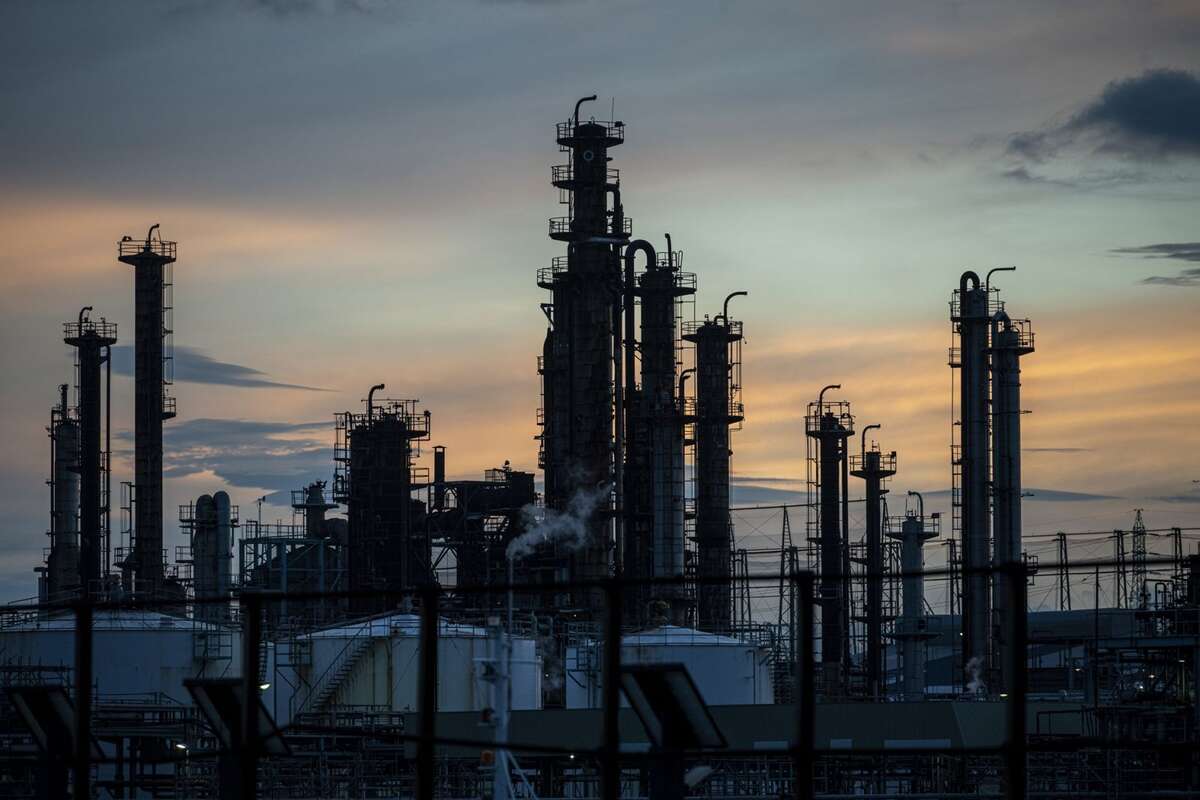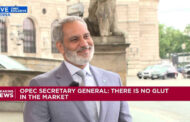Investing in the Energy Sector: The Market Transformation Ahead in 2025
In 2025, the energy market faces a mounting oversupply of traditional fossil fuels like oil and gas. The rapid advancement of alternative energy sources and substantial global structural transformations largely drive this change. Countries embracing the sixth technological revolution are focused on boosting electricity consumption while decreasing reliance on oil. This shift reflects pressing environmental concerns and the broader energy transition.
For investors, this evolving landscape presents a mix of challenges and opportunities. While some may see the oversupply as a warning sign, savvy investors can capitalise on emerging trends in the energy market. Let’s explore what the coming year holds and how to navigate these developments effectively.
Oil: Stability Amidst Challenges
Recent projections by the EIA suggest that Brent crude oil prices may reach $74 per barrel in 2025, primarily driven by oversupply and muted demand. The strategic importance of oil is gradually diminishing, even as it continues to serve as both a commodity and a financial tool in stabilising the global financial system. Leading nations increasingly shift towards renewable energy sources due to their cost efficiency and environmental benefits.
Rising oil production costs present a significant challenge, particularly in tougher extraction environments. These escalating costs are compressing profit margins and diminishing the attractiveness of oil production.
Technological advancements, particularly in shale production, enable low-cost producers to dominate the market, often disadvantaging those with less sophisticated knowledge. Production costs typically range from $15 to $50, influenced by the type of oil deposit and logistics, constraining the potential for sustained price increases.
Geopolitical factors will also be crucial in shaping supply and demand dynamics. Sanctions and regional conflicts could disrupt the balance in the oil market. However, barring significant unforeseen events, the consensus forecast for 2025 anticipates that prices will likely remain within the $70-80 per barrel range, a scenario that would be advantageous for all major market participants.
The strategic importance of LNG
The natural gas market faces challenges similar to oil since they are interconnected. A key issue is the high cost of pipeline construction, coupled with moderate activity in this field, despite a surplus of gas available in the Permian basin of the United States.
Recent central banks’ policy reversals to begin cutting interest rates have had a positive influence on commodities markets. Following the Fed’s policy action, gas prices started to recover. Lower interest rates reduce credit costs, helping upgrade existing refineries and expand LNG export terminals.
In 2025, LNG will be pivotal in enhancing energy security, particularly in Europe, which is increasingly pressured to diversify supply sources. The shift towards LNG enables the EU to lessen its dependence on Russia.
Furthermore, the ongoing development of LNG terminals and transportation systems — is instrumental in establishing global supplies.
Importance Of Nuclear Power in 2025
Nuclear power is poised to play a crucial role in the global energy landscape this year, driven by growing electricity demand triggered by ubiquitous data centres and coin mining. Nuclear power offers a reliable and base load energy source to meet this demand, ensuring grid stability and preventing blackouts.
The nuclear industry is witnessing continuous innovation with the development of advanced reactor designs. One example is Small Modular Reactors (SMRs), which offer enhanced safety features, improved efficiency, and reduced construction costs.
Building new nuclear power plants requires a significant upfront investment, which can be a barrier to entry. However, the long-term operational costs of nuclear power are competitive with other energy sources.
Renewable Energy Potential
Solar and wind energy are increasingly becoming accessible and widely utilized. This trend is expected to persist into 2025. Solar energy is recognised as the fastest-growing power source in the EU.
Between 2010 and 2020, the cost of solar power saw a remarkable decline of 82%, establishing it as the most cost-effective electricity option in various regions across the EU. In 2025, the average solar installation cost is about $19K, or $3 per watt, before any incentives are factored in.
However the existing infrastructure is often inadequate, and it requires infrastructural changes. There is also a pressing need to develop semi-abandoned hydrogen technologies.
How can investors adapt to today’s evolving landscape?
Diversification remains key, spreading across traditional energy sources, liquefied natural gas (LNG), and renewable energy.
Infrastructure investments themselves present attractive opportunities. Thus, hydrogen technologies and enhancements in power grids are worth exploring too.

















